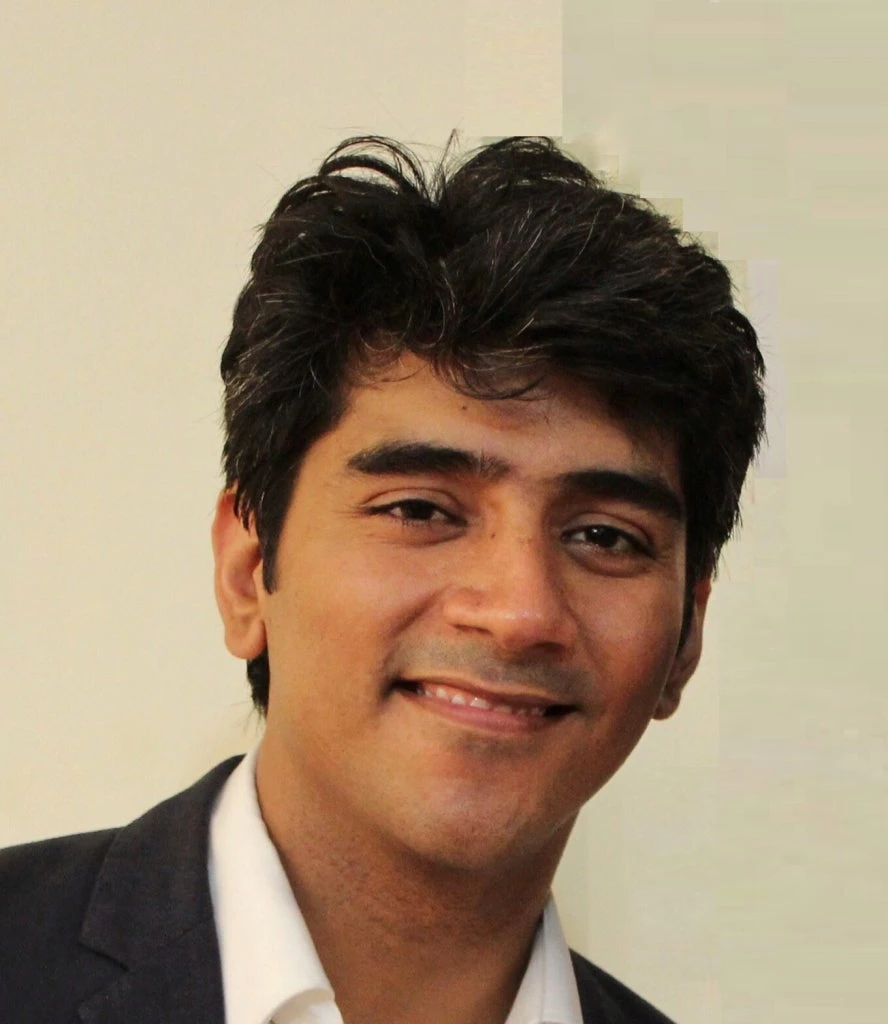
Kuraisa lives in the Majhaulia village in Muzaffarpur district of Bihar, India. As an artisan, she and her family create traditional lac bangles – colorful bracelets made of resinous materials and usually molded in hot kilns – in their small home production unit.
In early 2016, Kuraisa joined a self-help group made up of other lac bangle producers and supported through the World Bank’s Bihar Rural Livelihoods Project (BRLP), also known locally as JEEViKA.
The self-help group taught Kuraisa new design techniques and loaned her $2,300 to start her own business. One year later , Kuraisa has added two more production units to her home, which provide full time jobs to her relatives and to as many as 6 additional workers during peak season.
Kuraisa’s annual business income has now tripled to $10,000. The self-help group has expanded and nearly 50 artisan families in the village have joined, giving rise to a village enterprise cluster with an annual revenue of $450,000.
This enterprise has become an apprenticeship program that employs an additional 100 young artisans. Kuraisa’s group expects to sell soon online on Amazon.in, which already features artisanal products like paintings and wall hangings from artisan members of JEEViKA-supported groups.
Last year, when we visited Bihar, which remains one of India’s poorest states, we were impressed by Kuraisa’s and many similar transformational stories. Kuraisa is one of seven million women who joined a self-help group and, while we managed to meet only a small number of them, shared with us their stories with smile, laughter and tears.
These women now have control over their lives and can envision a brighter future.

Most of Bihar’s rural poor struggled to access credit from formal sources. Small-sized farms, lack of knowledge and inefficient agricultural operations kept income low in agriculture and related sectors.
We talked to many poor rural families, especially women. Most of them did not benefit from any government programs and were highly dependent on money lenders. We saw immense needs and many opportunities to improve the lives of rural women.
After a decade, JEEViKA is now a well-known flagship project in Bihar and the rest of the country and has brought transformational changes to the lives of rural women
The JEEViKA mobilized rural women through “affinity-based” self-help groups (SHGs), then into village organizations (VO) then federating them to cluster level federation (CLF) at sub-block level.
So far, 7 million rural women were mobilized into 625,000 SHGs, 38,000 VOs and 700 CLFs.
SHGs have collectively saved $64 million and leveraged more than $500 million in loans from banks. Nearly 600,000 families benefited from additional income—including backyard poultry, dairy interventions and non-farm activities. Around these new livelihood opportunities, the JEEViKA promoted “livelihood-based” groups- Producer Groups - at village level. Then, these groups were further federated into Producer Companies as larger economic platforms to expand their business at scale. At the end of the project, we found that 65% of households had an income greater than 30% of that at baseline.
The project fostered women’s voice and influence, decreased the incidence of domestic violence and improved female participation in local governments. Moreover, the project showed a proof of concept that a community platform managed and led by rural women can succeed in a difficult context, such as Bihar.
Bihar Transformative Development Project (BTDP), the second phase of the BRLP was launched in July 2016. Building on its previous success, this project will expand across Bihar and aims to reach seven million rural families in five years.



Join the Conversation